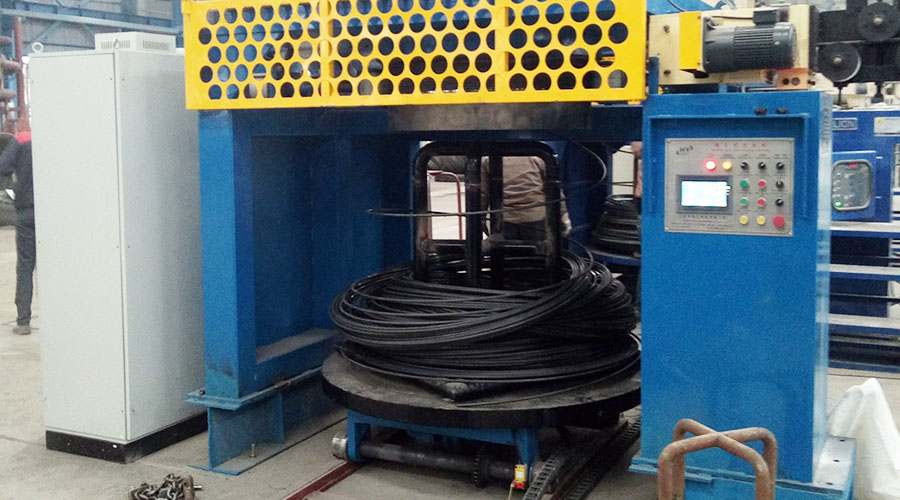What is the Difference Between Tungsten Carbide Thermal Spraying and Spray Welding of Wire Drawing Machines?
- The Coating Bonding Mechanism is Different
The bonding mechanism of thermal spraying is mechanical bonding, metallurgical-chemical bonding, and physical bonding. Among them, the mechanical combination is the main one.
The bonding mechanism of spray welding is chemical metallurgical bonding to realize the perfect connection between atoms.
- The Workpiece is Heated Differently
There is no remelting process in spraying, and the surface temperature of the workpiece can always be controlled below 250°C. Generally, it does not produce deformation and change the organizational state of the workpiece.
However, spray welding needs to melt the coating, and the remelting temperature can reach above 900°C, which not only easily causes workpiece deformation, but also most workpieces will be annealed or incompletely annealed.
- The Bonding State with the Base Material is Different
The bonding between the sprayed coating and the substrate surface is mainly mechanical occlusal. Although there is micro-region metallurgical bonding, the bonding strength of the coating is not high, generally 30-50 MPa.
Spray welding forms a metallurgical bond with the surface of the substrate through the melting of the coating, and the bonding strength can generally reach 343~440MPa.
- Different Spraying Materials
Spray welding requires the use of self-fluxing alloy powder while spraying does not require high self-fluxing powder, and it is not necessarily self-fluxing alloy powder. Various self-fluxing alloy powders can be used for both spray welding and spraying. However, spray powder does not have self-fluxing and can only be used for spraying and not for spray welding.
The powder used in powder flame spray welding must be self-fluxing alloy powder, while the powder used in spraying is not limited.
- The Structure of the Covering Layer is Different
The sprayed welding layer is uniform and dense and generally considered to have no pores, while the sprayed layer has pores.
- Different Carrying Capacity
The spray coating cannot withstand impact load and high contact stress and is suitable for surface spraying of various surface contact workpieces. The spray welding layer can withstand impact load and high contact stress and can be used in line contact occasions.
To sum up, when the workpiece bears a large load, especially when it is subjected to impact load and is used in a corrosive medium, it is advisable to use spray welding. When the workpiece is not allowed to deform or change its original structure, and the workpiece does not bear Or when it only bears a slight impact load, spraying should be used.
At present, there are two processes widely used: powder flame spray welding and plasma arc spray welding.





